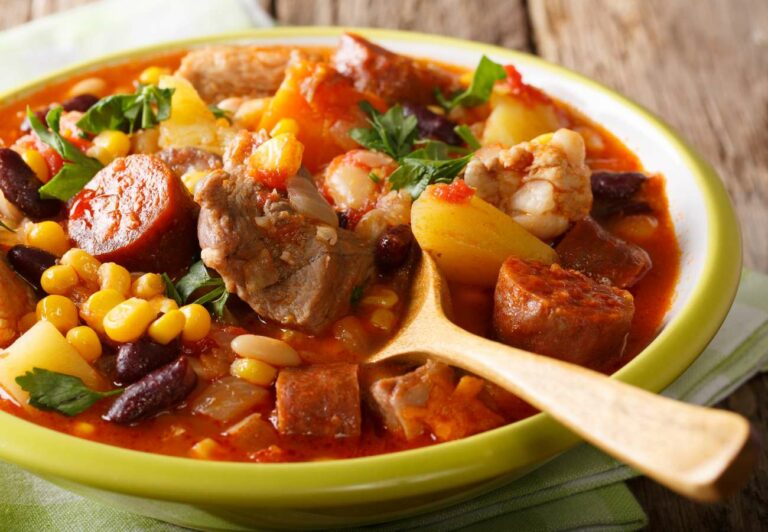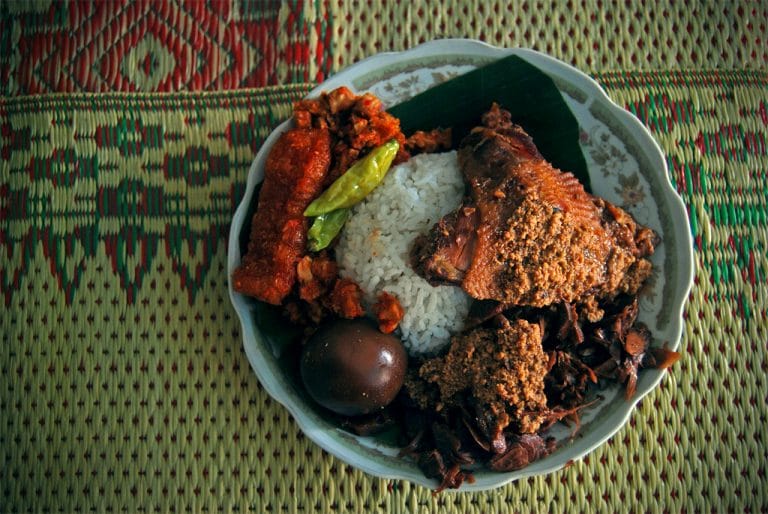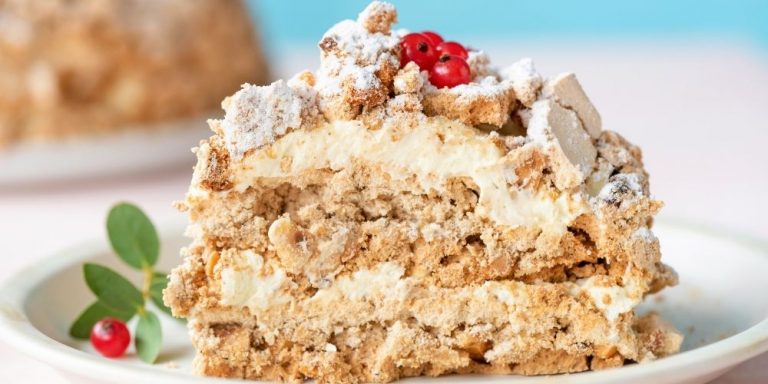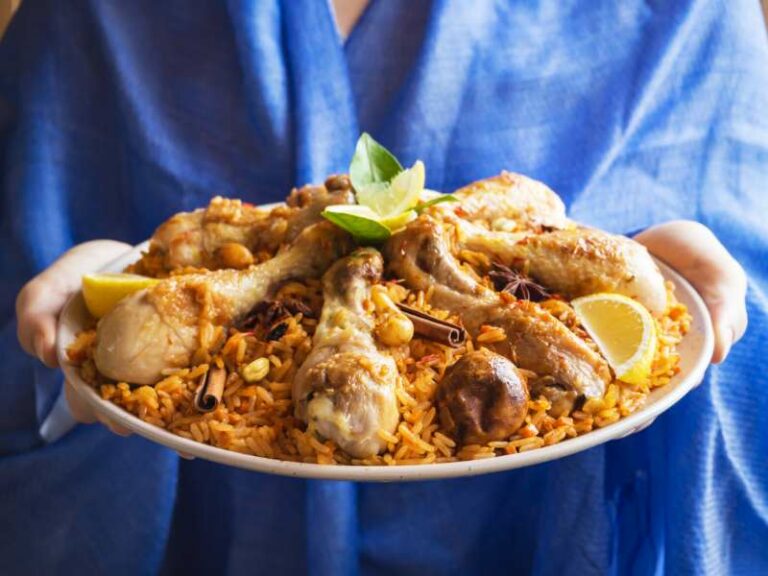Norwegian Food: 11 Traditional Dishes of Norway
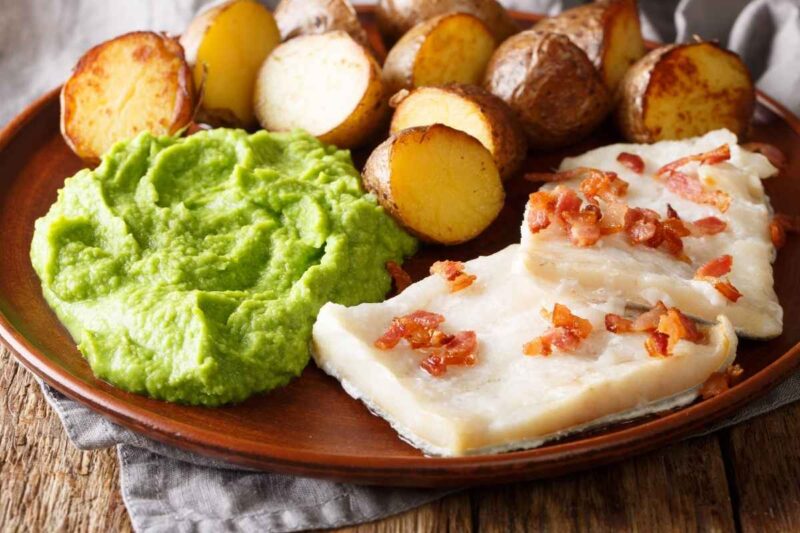
With its northern half located in the Arctic Circle, Norway is a country with a magnificent and abundant nature that includes a massive coastline centered on fjords, magnificent mountains, ski resorts, lakes and forests.
Norway is famous for its frequent northern lights and is also visited by many tourists from all over the world.
About 80% of the country is surrounded by nature such as the sea and mountains, so you can enjoy fresh seafood and mountain food in abundance when you’re in Norway.
Salmon (Gravlax)
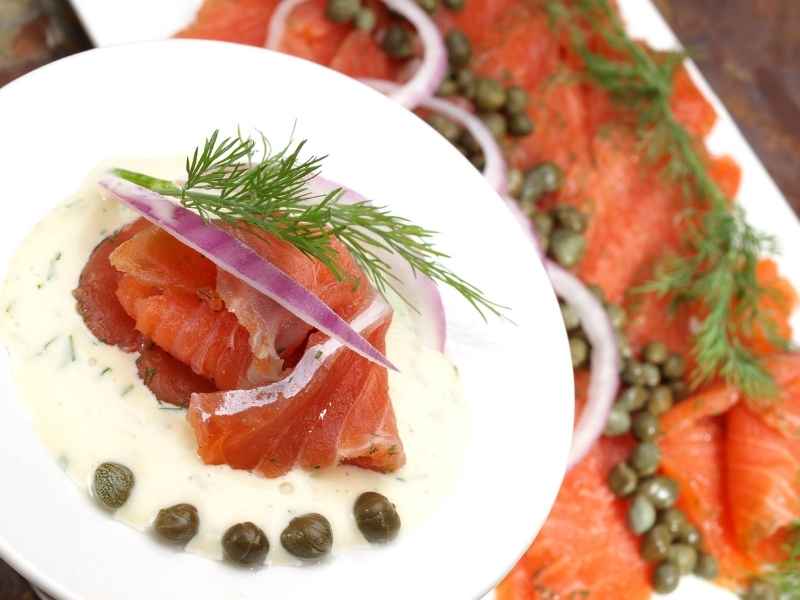
Norway was the pioneer in salmon aquaculture in the 1970s. Today, salmon raised in the Norwegian fjords are reputed to be the best in the world.
Aquaculture represents the second largest industry in the country and salmon, exported to more than 100 countries, is famous for its taste, wholesomeness (thanks to the clean and pure water of the fjords) and sustainability.
Norwegians eat fried, cooked, smoked and cream salmon, among other recipes.
Kjøttkaker (Norwegian Meatballs)
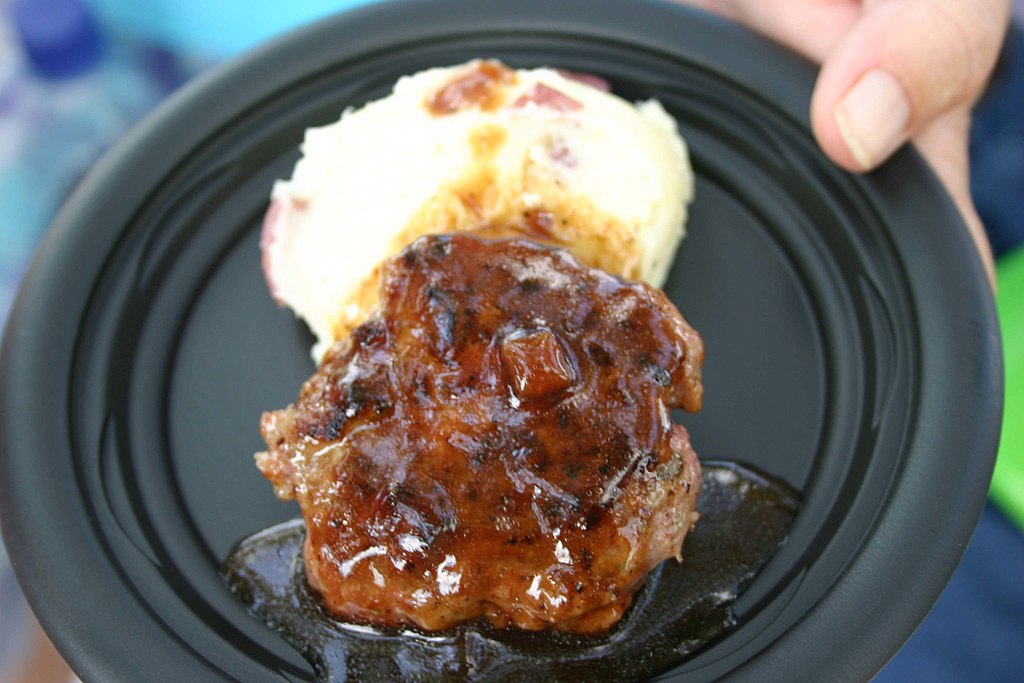
Kjottkaker is a large rolled beef meatball and is a staple of home cooking in Norway. There are similar meatballs in Sweden, but the Norwegian version is made a little softer and is usually eaten with brown sauce and lingonberry jam.
Lingonberry is a type of berry that is very similar to cranberry and is often eaten as a garnish for meat such as meatballs and beef stew, or as a jam for pancakes.
Fårikål (Stew)

Fårikål is a typical Norwegian stewed dish made of lamb and cabbage with bones seasoned with salt and pepper. It is often considered Norway’s national dish. It is often served with boiled potatoes and is best enjoyed with bread.
The taste of the meat and the sweetness of the cabbage soak into the soup, making it a warming dish that is perfect for a country that stays cold for the most part of the year.
Reinsdyrsteik (Reindeer Meat)
For most parts of the world, reindeer is almost exclusively associated with Christmas, but in Norway it is a popular meat. Reindeer meat is especially popular in the northern part of the Arctic region.
There are various cooking methods for reinsdyrsteik such as steak, stew, hamburger, carpaccio and saute, and it is common to eat with bilberry jam in any of the cooking methods. In addition, meat dishes such as elk and duck are also famous in Norway.
Finnbiff (Reindeer Stew)
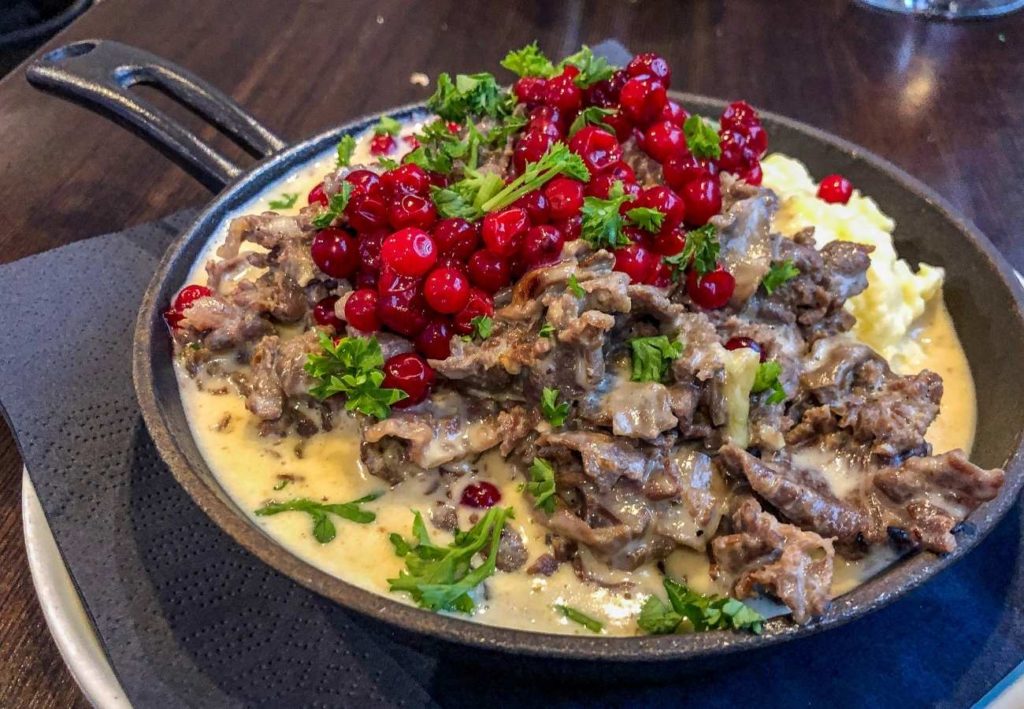
Another popular dish made from reindeer meat is Finnbiff or Reindeer Stew. Along with juniper berries and mashed potatoes, stewed reindeer is a delicacy popular especially in the north of Norway.
Lutefisk
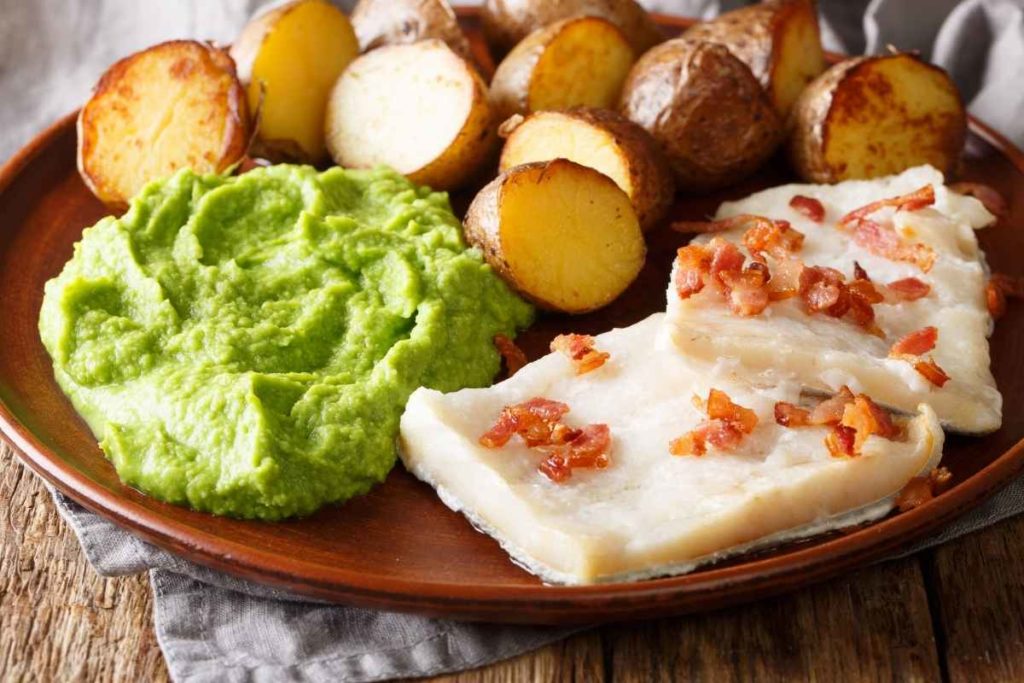
Lutefisk is a jelly made by soaking dried cod in lye (alkaline water). It is served with boiled potatoes and mashed beans. It is a traditional Norwegian dish and is often served during celebrations such as Christmas.
Since it is jelly-like, it has a chewy texture and is certainly an interesting dish to try! But since it is a fermented food and has a unique smell and taste, it gets a mixed response from outsiders and locals alike.
Geitost (Goats Cheese or Brown Cheese)
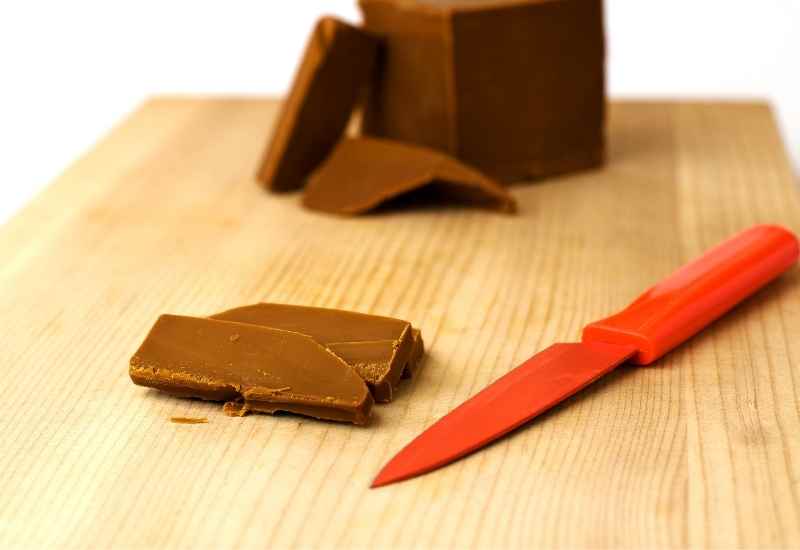
Geitost or goats cheese is one of the most popular dairy products in Norway. It is also called brunost, which means “brown cheese” because of its characteristic color, one that originates from the heating of milk sugars during cheese production.
If you ever come across the phrase “gudbrandsdalsost” when in Norway, it means that the cheese was made in Gudbrandsdal, a rural Norwegian district in the great valleys of Østlandet or eastern Norway.
Geitost cheese is characterized by its definite sweet taste and bitter notes, which is a consequence of the type of milk and the production process. Its flavor is most intensely felt when eaten fresh. It is widely used for sandwiches and sweets.
Whale Steak
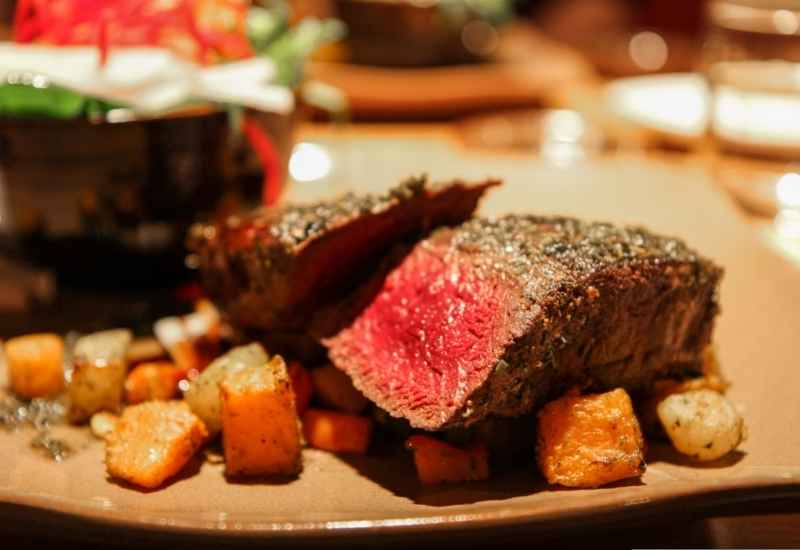
Norway is one of the leading countries in the efforts for the sustainability of the planet and has controlled whaling to a significant extent over the past couple of decades. It is estimated that about 100,000 of these species live in Norwegian waters and the capture of about 1,300 specimens is authorized annually.
Therefore, Oslo and a few other cities in the country are the only places in the world where you can try a steak of the colossal animal, without feeling that you are contributing to its extinction.
Many Norwegian restaurants have whales on their menus and the consumption of the dishes does not generate controversy in the country. Its meat is also available in fish markets. The price of a whale fillet in a Norwegian restaurant can be in the order of 300 NOK, which is roughly equivalent to 33 USD.
Sursild (Pickled Herring)
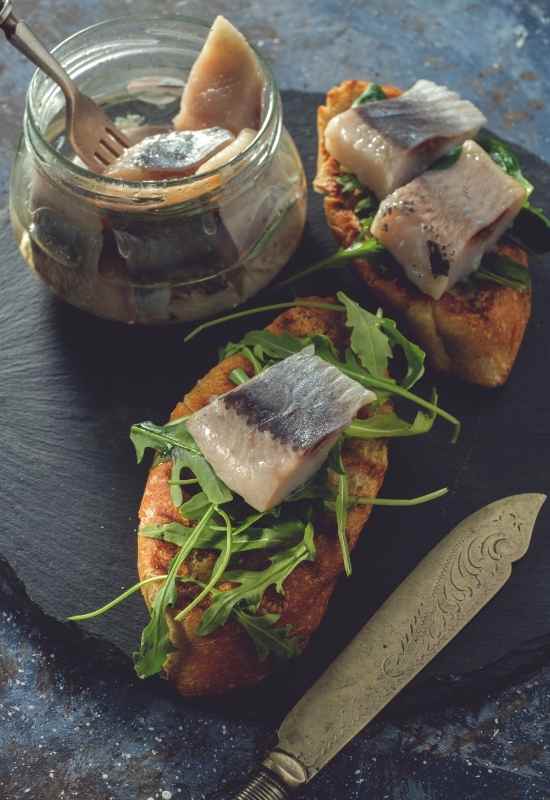
Herrings are part of the typical Norwegian food and the Nordics eat them pickled and fried.
In fact, the Atlantic herring is the sixth most consumed sea species in the world and the Norwegian passion for this fish is shared by Sweden, Denmark, the Netherlands and the Baltic countries. You may even be familiar with the infamous Swedish Surströmming stinky fish delicacy which is also pickled herring.
The pickled herring recipe is called sursild in Norway. It is prepared with a pickle mix made with ketchup, vinegar, soy sauce, salt and pepper. For its preparation, the dressing is poured over the rolled herring fillets.
Smalahove
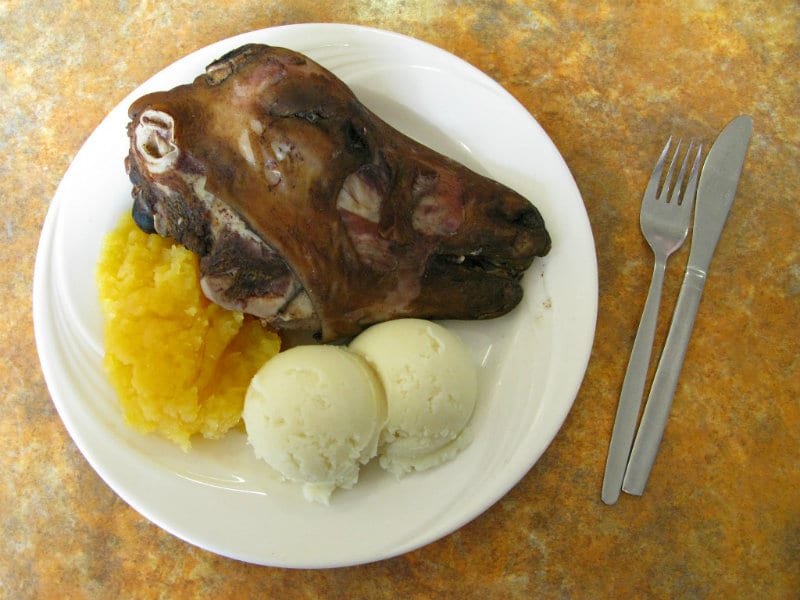
It may not be the most attractive presentation dish of typical Norwegian food, but the smalahove or boiled lamb’s head is a popular unusual delicacy.
It is a traditional delicacy that Norwegians cook during the holidays, especially at Christmas. It is usually eaten with mashed potatoes and kohlrabi.
During a typical serving, each person is served half a head. Butchers are experts at preparing lamb for smalahove.
It is a dish with a long tradition in the west of the country, especially in the municipality of Voss where it emerged to take advantage of all parts of the sheep. Although it can be prepared with the head of an adult sheep, it is softer with lamb.
Kanelbolle
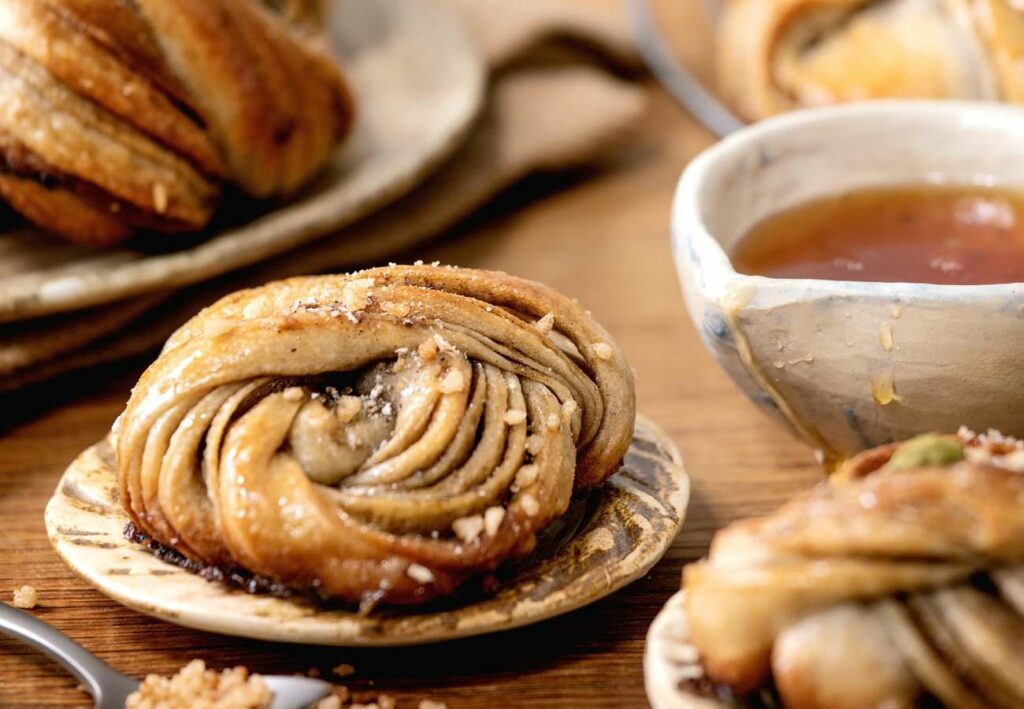
Kanelbolle is a sweet cinnamon bun prepared using flour, cinnamon, sugar and butter. The dish is known by several other names, such as cinnamon roll, cinnamon bun, cinnamon swirl, cinnamon Danish and cinnamon snail. It is popular throughout Scandinavia and other parts of Northern Europe.

